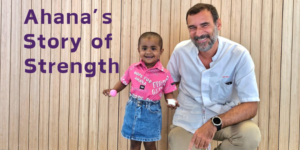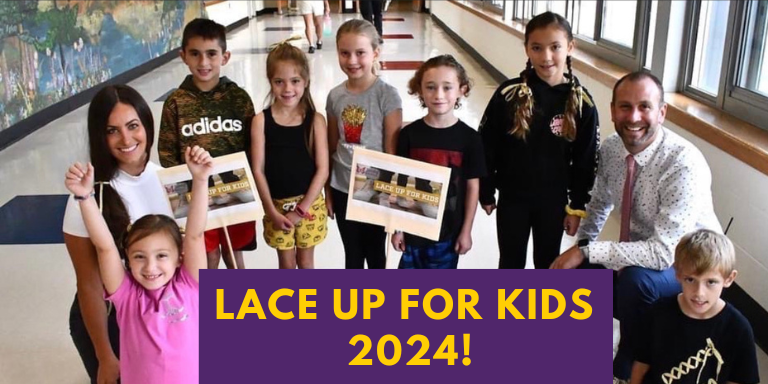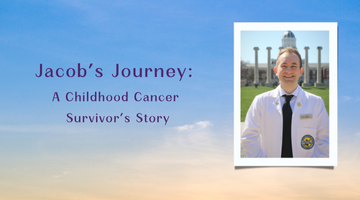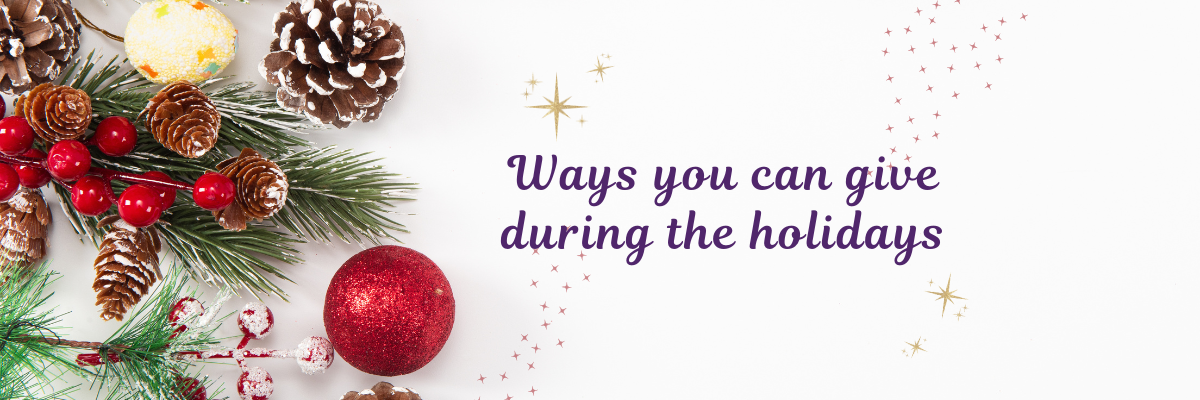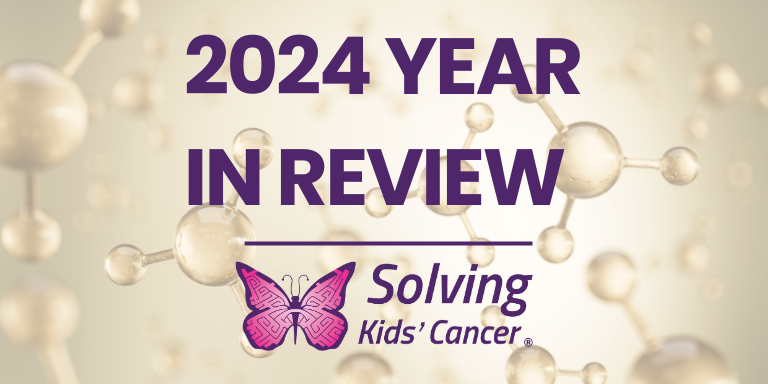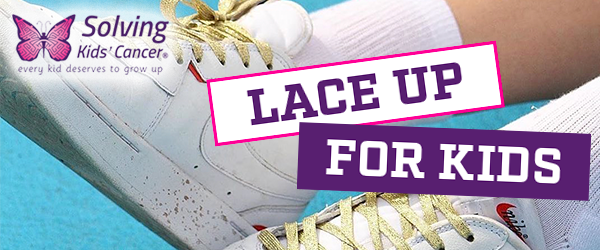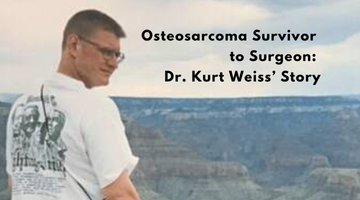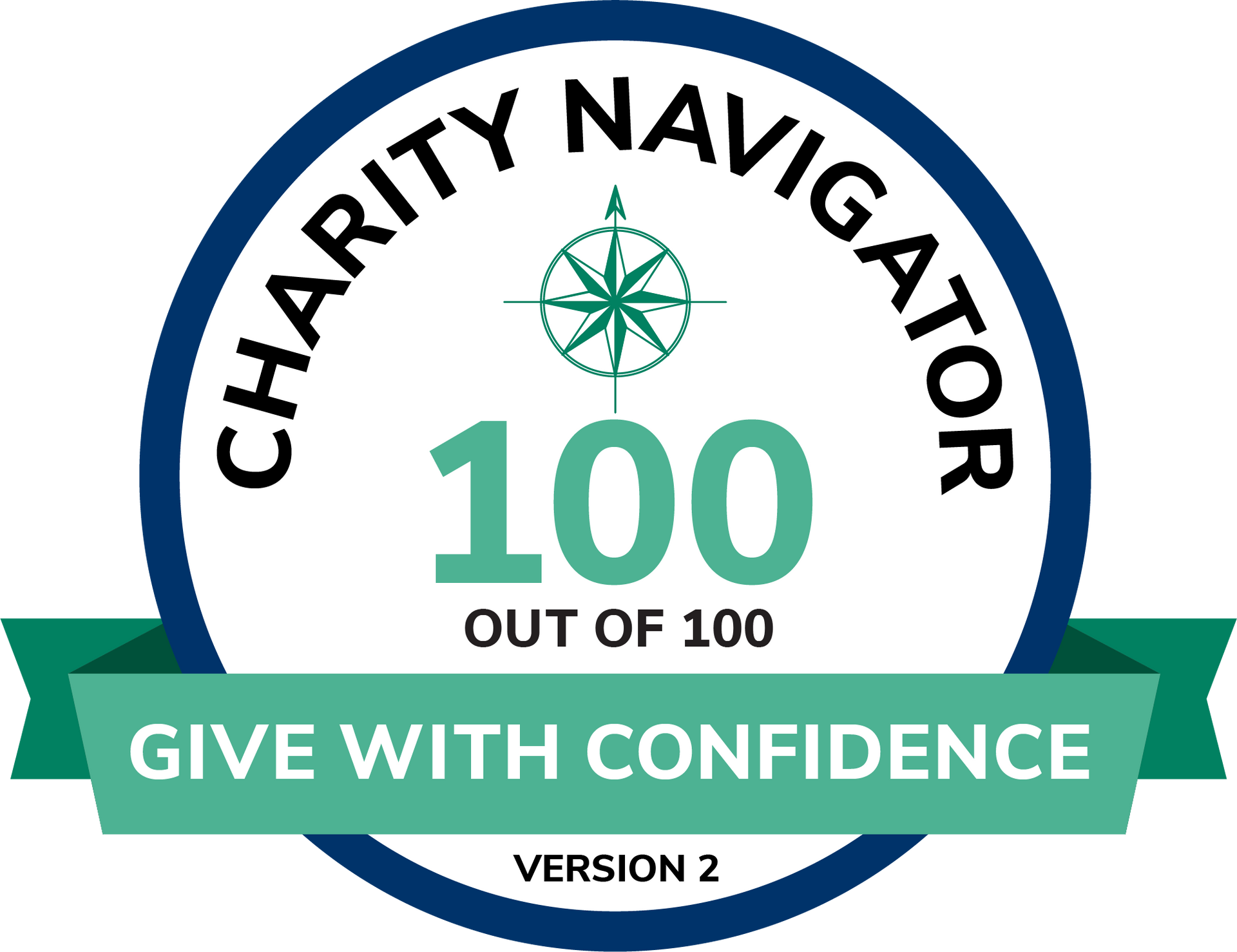Your Support is Advancing Breakthroughs in ETMR Research
Trailblazing Hope for ETMR Research: A Progress Update

Because of your generosity to the Bibi Fund through Solving Kids’ Cancer, Dr. Mariella Filbin and her team at Boston Children’s Hospital and Dana-Farber Cancer Institute is making incredible strides in the fight against ETMR, a devastating pediatric brain cancer. Your support has empowered her to investigate the root causes of this disease and uncover promising new paths to treatment.
Dr. Filbin’s work exemplifies the “bench-to-bedside” approach, turning cutting-edge science into potential treatments. Thanks to you, this journey is gathering momentum, providing hope for children and families affected by this relentless disease.
This Breakthrough Research Powered by a New Technology – single-cell RNA sequencing
Dr. Filbin hypothesized that an overabundance of a specific microRNA cluster on chromosome 19 (C19MC) triggers EMTRs. Your donation allowed her to explore the inner workings of ETMR cells using single-cell RNA sequencing and to uncover additional segments of the underlying molecular pathways that may play a contributory role.
Fruit salads not smoothies: Single-cell sequencing’s virtue
Using the single-cell sequencing technique, Dr. Filbin sifted through each tumor cell, unveiling individual gene expression profiles rather than analyzing an aggregate collection of cells. When a pulverized tissue mixture is relied upon to investigate tumors, it obscures important contributions from single cells. To borrow an analogy suggested by the developers of one brand of single-cell sequencing technology: Pulverized tissue can be compared to a smoothie and single-cell sequencing to a fruit salad. While a smoothie gives the overall flavor, a fruit salad allows for the sampling of each individual fruit. Single-cell sequencing, therefore, allows a researcher to sample or glean the genome expression profile in every cell. Figure 1 Below, Source Mariella Filbin lab

Key Findings: How ETMR Develops and Understanding the Role of Stem Cells
Dr. Filbin discovered that ETMR is driven by stem cells stuck in an immature state. Instead of maturing and becoming healthy cells, these stem cells keep dividing uncontrollably, becoming cancerous. From your support, Dr. Filbin identified key molecular “roadblocks” that prevent these cells from maturing—offering new avenues for therapeutic intervention. Her discoveries are creating new opportunities to develop therapies that could restore normal cell development—or eliminate cancerous cells entirely.
Her research has identified key culprits that disrupt healthy cell development, giving her a clear path to target the disease at its root.
Your Impact: Laying the Groundwork for Treatments
Here’s how your generosity has propelled this groundbreaking research forward:
- Mapping the Drivers of ETMR: Dr. Filbin’s team found that an overabundance of a microRNA cluster called C19MC, combined with a protein named LIN28A, drives ETMR. These two culprits work together to prevent cells from maturing and cause them to turn malignant.
- Revealing Hidden Pathways: Surprisingly, not all cells in ETMR tumors become cancerous. Some differentiate into “neuron-like” cells, which were thought to be harmless but are now understood to fuel tumor growth. These cells release chemicals that activate harmful signaling pathways, such as Notch and fibroblast growth factor (FGF), helping the tumor thrive. These “hidden helpers” that look harmless actually release signals that fuel the growth of tumor cells. By blocking these signals, we can stop the tumors from spreading.
- Laying a Therapeutic Foundation: Early experiments blocking these pathways and proteins have shown that cancer cells struggle to survive, marking a critical step toward effective treatments.
A Brighter Future: Promising New Treatments
Thanks to your support, Dr. Filbin and her team have identified three key approaches for treating ETMR tumors and is now accelerating efforts to translate these findings into real-world treatments:
- Blocking Growth Pathways & Signals: Tumor growth relies on two pathways, Notch and FGF. By using inhibitors, Dr. Filbin aims to disrupt these pathways, stopping harmful signals from neuron-like cells. Some of these inhibitors are already FDA-approved for other cancers, potentially speeding up the timeline for ETMR treatment.
- Targeting LIN28A: LIN28A interferes with the body’s natural tumor suppressors. By blocking LIN28A, Dr. Filbin hopes to restore the body’s ability to fight ETMR tumors naturally. She is collaborating with top experts to develop and test these inhibitors.
- Silencing C19MC: This genetic driver of ETMR can be turned off using cutting-edge therapies called locked nucleic acid (LNA) inhibitors. These specialized molecules are designed to stop harmful microRNAs from forming, helping stem cells mature properly and preventing tumor growth.
Bringing Therapies to Life
Dr. Filbin’s team is testing these therapies in advanced models to find the best treatments, doses and possible synergistic combinations. Here’s what’s happening next:
- Testing drugs in mini-brain replicas grown from stem cells.
- Using patient-derived tumor models to see how therapies perform in living systems.
- Combining these new drugs with existing treatments to maximize their effectiveness.
Your Support Changes Lives
Thanks to you, Dr. Filbin’s research is closer than ever to bringing life-saving therapies to children with ETMR. Your generosity provides hope to families facing the unimaginable, ensuring that innovative science continues to thrive.
Together, we are moving closer to a world where no child has to suffer from ETMR.
